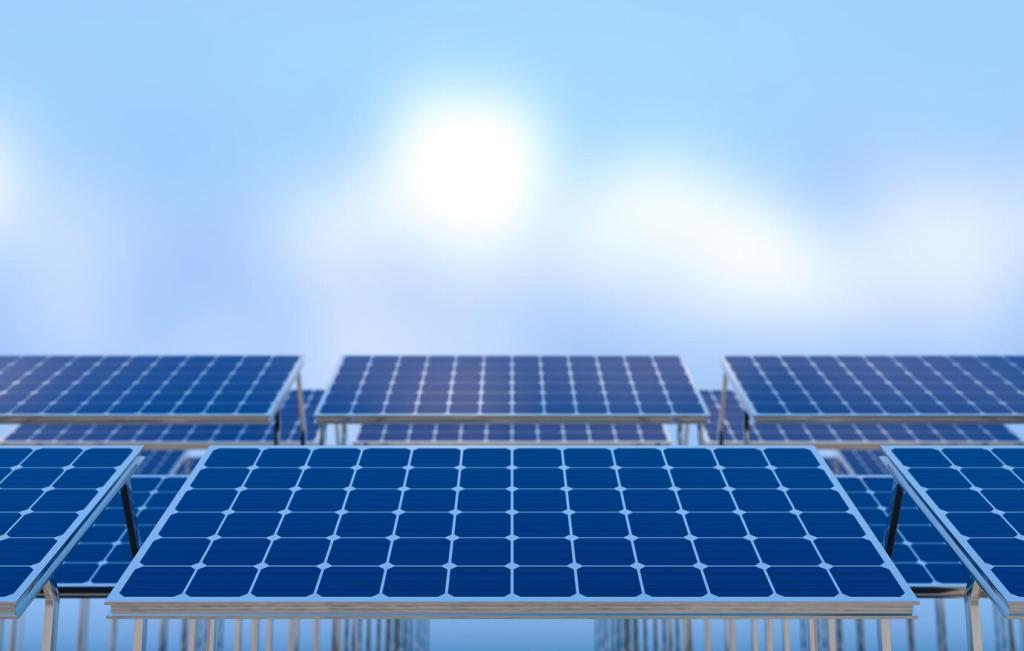Innovative Materials for Sustainable Urban Architecture
The future of urban architecture depends on the ability to innovate with materials that improve environmental performance, reduce resource consumption, and support the health and well-being of city dwellers. As cities continue to grow, demands on infrastructure, buildings, and resources are intensifying. Innovative materials are reshaping the urban landscape, facilitating energy efficiency, durability, and responsible sourcing. Advances in material science are not only transforming how structures are built but also redefining what is possible in terms of design and sustainability. By prioritizing materials that support sustainability, urban architects are creating cities that are not only beautiful and functional but also environmentally responsible and resilient.

Advanced Biocomposites in Urban Construction
Natural Fiber Reinforcement
Applications in Façade Systems
Lifecycle and End-of-Use Solutions
Self-Healing Concrete Technologies
Mechanisms of Self-Repair
Reducing Urban Maintenance Costs
Enhancing Structural Longevity
High-Performance Insulation Solutions

Smart Glazing and Responsive Facades

Recycled and Upcycled Materials
Green Roofing and Living Walls

Biodiverse Green Roof Systems

Modular Living Wall Technology

Enhancing Urban Microclimates

Daylighting Without Excess Heat

Structural Strength With Low Carbon Impact

